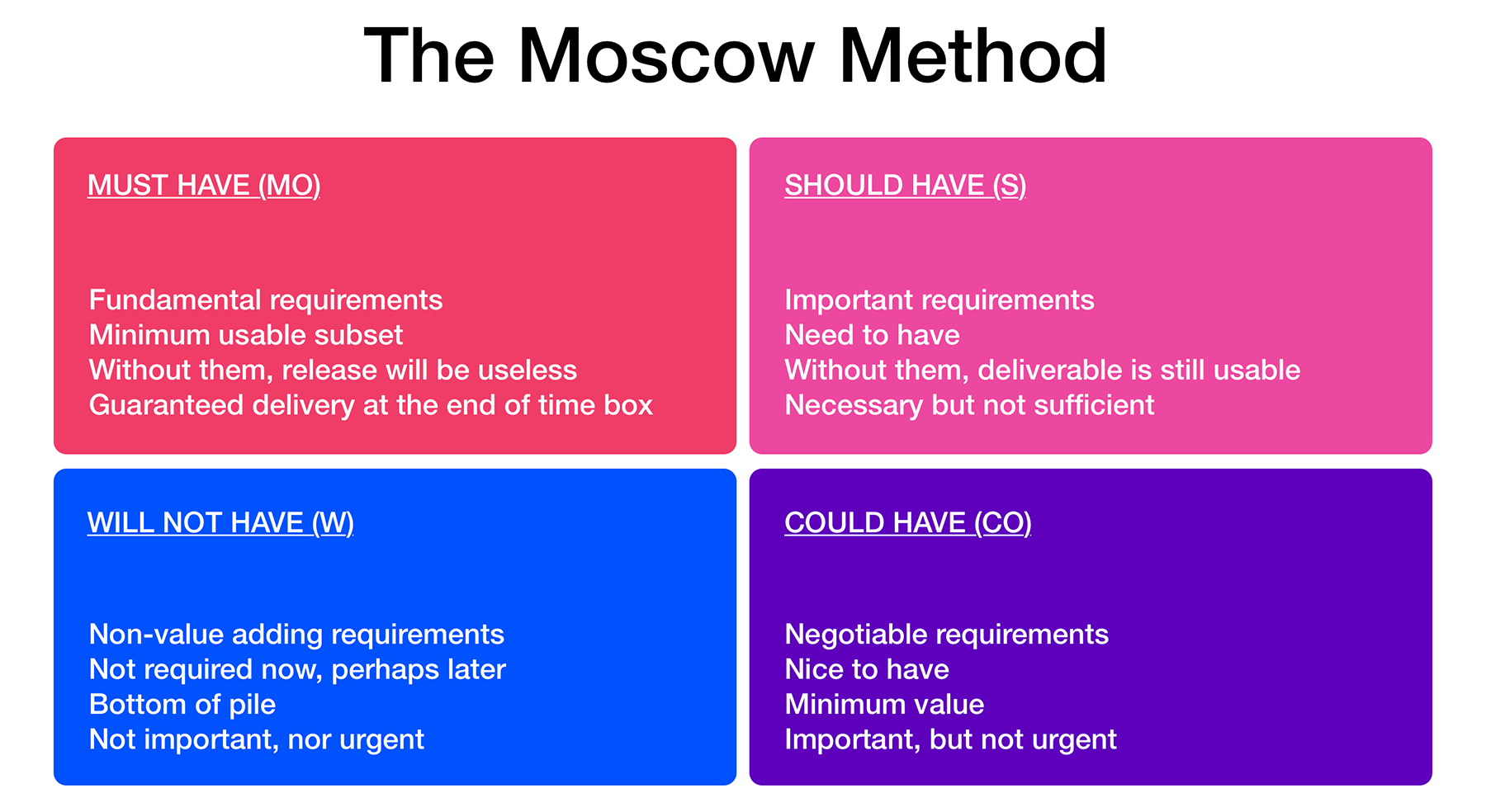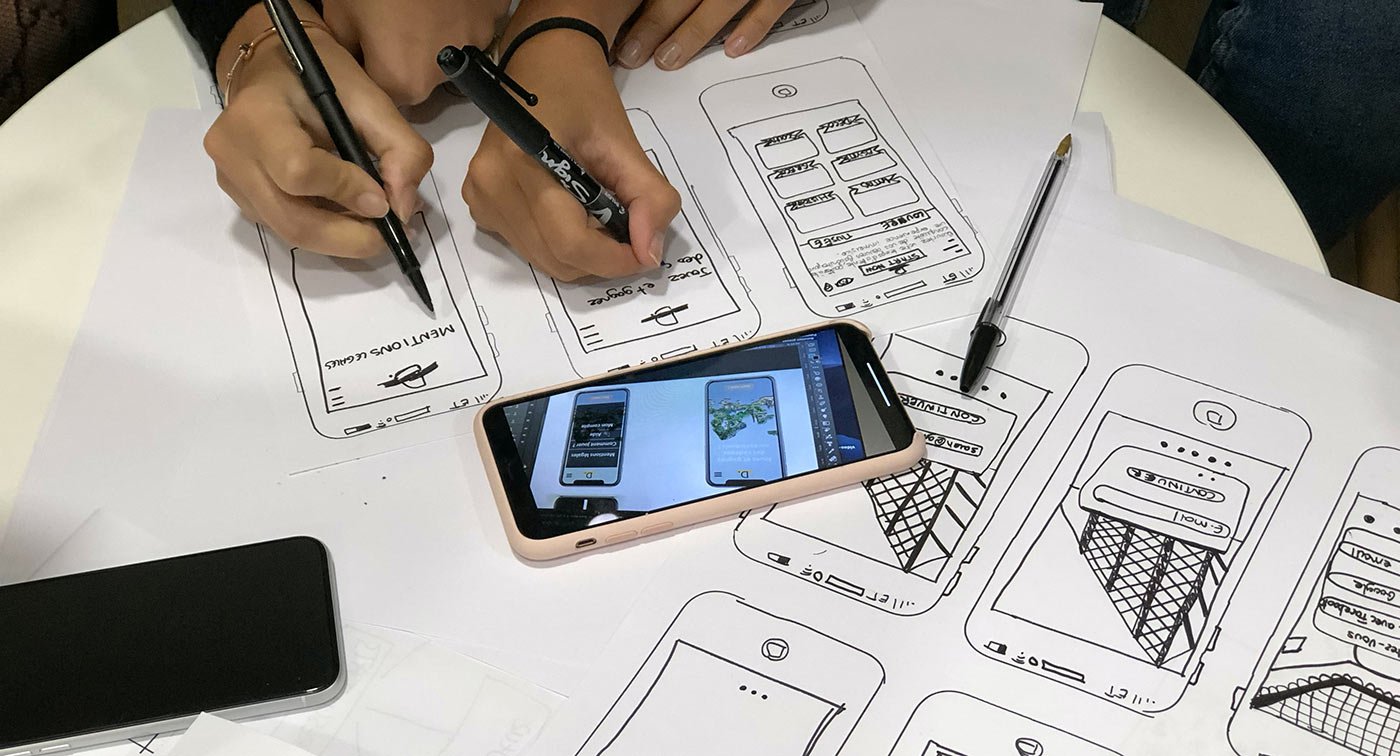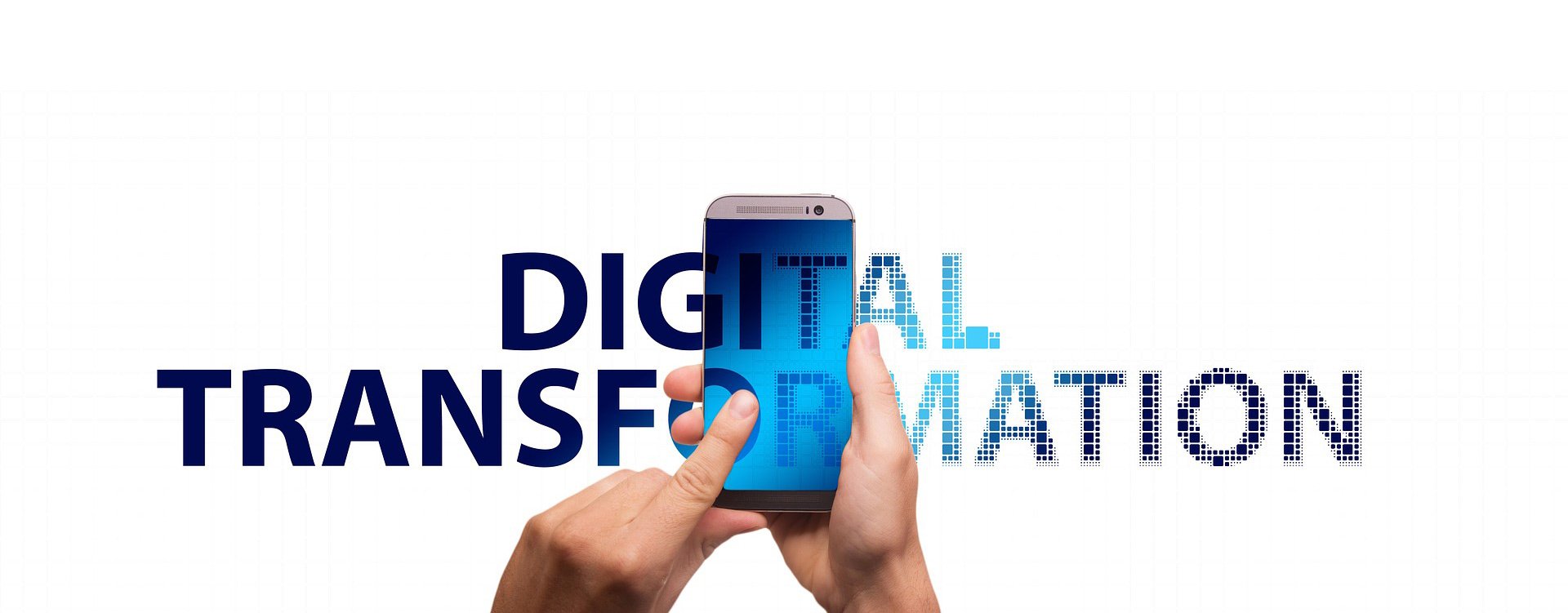When launching a new software product, the tendency can be to go for a ‘quick and dirty’ approach. And often, too much attention is paid to development and product design, too little to marketing. You get products that work really well, but don’t address key needs and requirements among the target market. Or you get products, sometimes high-quality ones, that launch in perfect silence and disappear the same way.
So this post isn’t about how to develop a great product in 100 days or less; in a way, it’s about how not to. It’s about how to rebalance your efforts and place more emphasis where it’s needed: on getting the product you’re developing to market in a way that lays a foundation for long-term success.
Create a go-to-market plan
We plan everything we want to achieve. All the usual caveats apply, like those about plans being useless and failure to plan, being planning to fail. Creating a go-to-market plan has to involve creating something you can edit on the fly, because, of course, you’ll be doing that with your product as well.
A go-to-market plan really needs to revolve around three things: what’s unique about your product, which of your target audience most strongly feels the pain you’re there to solve, and what’s the best way to talk to them. Nail these, and the rest will follow.
What’s unique about your product?
In this post, we’ll return several times to the idea that your product might not be what you think, and that the market tells you what it really is. But this is a good place to underline it: figuring out what makes your product unique and necessary unlocks the door to product-led growth, suiting your business to an environment increasingly focused on end-users and where the line between consumers and business end-users is blurred.
Where does it hurt?
Figuring out what pain points your product solves is crucial. Figuring out that time management was the biggest issue for agencies was central to the success of online ad agency WordStream, for instance. But in terms of getting people to use it, it’s equally crucial to figure out who’s feeling that pain most strongly and most urgently. These are the people who will likely be most responsive to early marketing efforts, whose feedback will be most useful, and whose testimonials and word-of-mouth will be most valuable.
How do you figure this out? One option is to simply ask your whole audience, or if you’re reaching out to your professional network and haven’t begun building an audience of your own yet, asking them.
Going through channels
What’s the best way to talk to the people you need to talk to? Some industries are mostly on Slack. Crypto people seem to be mainly based on Telegram and Signal. Email, as ubiquitous as it is, might be the worst way to reach the people you need to reach. And the ideal marketing channels might not even look like marketing to begin with.
Get these right and listen to your audience and you can cut months of post-launch iteration by building your product in line with real knowledge about your audience, not guesswork.
Define an MVP
Everyone knows they should be building an MVP. But still, too many people get lost in a definition of ‘minimum’ which means ‘all the things I personally can’t consider leaving out,’ rather than ‘what do we need to show our target audience that we can solve their problem?’ The solution lies a few miles east, in MoSCoW. That’s not a typo, because I’m not talking about the capital of Russia. I’m talking about this variation of the Eisenhower Square, specifically designed for product development:

MoSCoW stands for ‘Must Have, Should Have, Could Have, Won’t Have,’ and it’s a way of identifying what really needs to go in your MVP and what doesn’t. Must-Haves are essential for function. No Must-Haves, no product. Should-Haves are important, but they’re not enough on their own. They’re not optional — you do actually need them — but by themselves, they’re not enough to give you a working product.
Planning an MVP if you already know what your product is is relatively simple. But the early days of building your product will be filled with discoveries about exactly what it is you’re building, as your market feeds back to you and you discover perhaps unexpected use cases and customers. So you’re iterating even as your MVP is developed. Figuring out what your Must-Haves are is in that sense a marketing question: what do we need to be able to tell our audience our tool does, in order for them to be interested in it?
Product-market fit
Probably the single most important piece of the puzzle. I’m assuming you’re already planning to do pre-development best practices, so I won’t talk about that. Instead, we’ll focus on the stage where you already have something built. It’s a two-way street — you build a product, take it to the market, and then the market tells you what your product is.
For example, did you hear about the highly successful video dating app? Probably not, but once it pivoted in response to market feedback and became a video-sharing site, YouTube did achieve success. The founders had a different product to the one they thought they had, even though the technical elements that made it work were the same. The market taught them what their product really was.
This process should begin as early as possible, and should be a factor in early marketing efforts. In addition to seeking partners and leads, early marketing should solicit feedback. This is different than test users. You’re not looking for UX cues so much as responses to the product as a whole, and the most critical — or even dismissive — responses can sometimes be the most valuable.
Relentless, early focus on UX

UX means user experience. We shouldn’t allow ourselves to get distracted by the idea that it’s a special type of design or a specialty within development. It’s how your users experience your product. This is the most crucial element of your product. Even B2B products need it, more every day as users draw expectations of effortless, pleasurable use from consumer products.
This isn’t about how your product looks; some plain or boring-looking products have great user experience. And the only people who can really tell you about your user experience are users. So test users are invaluable.
Get them from the same community you hope to sell to, and test comprehensively. Make sure you don’t develop so close a working relationship with them that they start sparing your feelings.
Check for bias and lack of diversity, too. As a brief example, one woman in 200 is red-green colorblind, and one in 12 men. So if you were building an interface, but your test subjects were all women, no one might point out to you that your interface is unnavigable to a colorblind person. Keep test users in the loop as you develop your product.
Start marketing!
The best time to plant a tree is ten years ago. The second-best time is now. In the same way, the best time to start marketing your product is before you build it. The process of discovery that guides you to product-market fit can be built on descriptions in your marketing materials, just as much as on experience of early versions of your product.
Soft, hard-to-quantify PR-centric notions like ‘building a buzz’ have real effects: look at how many times AirBnB launched. Most people only remember the launch they got right; their third launch, at 2008’s SXSW, won them just one new customer, raising their grand total to two. Design the run-up to launch, the launch and the post-launch period to prevent this happening to you.
Early marketing, when your product is still unfinished, should be stage-appropriate. Reaching out to people in your network for feedback is marketing. So is offering private beta access. Alpe Audio CEO and co-founder Yehoshua Zlotogorski identifies the process of acquiring the crucial first thousand users:
- Private beta: MVP: 0–50 users — just seeing your product works and getting the rawest feedback possible.
- Public beta: 50–400 users — iterating to improve your value proposition
- Product launch: 400–1000 users — setting the foundations for growth”
The core team, of just three people, leveraged their personal networks. This is an option for B2B businesses too, just with your professional network instead. The first handful of users give you the information you need to iterate and attract later beta users. Alpe did this using student groups, giving them tranches of 30 or so users at once through negotiations with teaching staff, and through interviews for vacant positions at Alpe that required downloading and trialing the app.
Depending on the budget you have to work with, you may be planning growth marketing or high-volume outbound sales. Or you may be bootstrapping, with little cash to spend. Whatever your situation, you can begin directing visitors to ‘coming soon’ assets that let you start growing domain authority and building your audience before you have anything else to put in front of them.
Day 101 and after
You can build something good in 100 days. You can build something that has the potential to be great in 100 days. But the final version of your product is going to look a lot different to what you launch on day 100. As Pixar’s Ed Catmull said in his 2014 Creativity, Inc.:
Overcoming the Unseen Forces That Stand in the Way of True Inspiration: ‘Don’t wait for things to be perfect before you share them with others. Show early and show often. It’ll be pretty when we get there, but it won’t be pretty along the way.’
In much the same way that the Space Shuttle doesn’t look a lot like Sputnik, or a Tesla doesn’t look much like an 1880s ‘horseless carriage,’ the first iteration is always going to be lacking in features and filled with misconceptions. It’s the process of market-led iteration that proves the ultimate value of your innovation. So the process described in this post isn’t over at day 100. It’s never over.
Takeaways:
- Everything is product, everything is marketing. Start both as soon as possible
- Get all the feedback you can as early as you can
- Start with the people who will benefit most, and leverage their positive responses
- Focus on user experience at every step of the process. As far as your customers are concerned, UX is your product
















